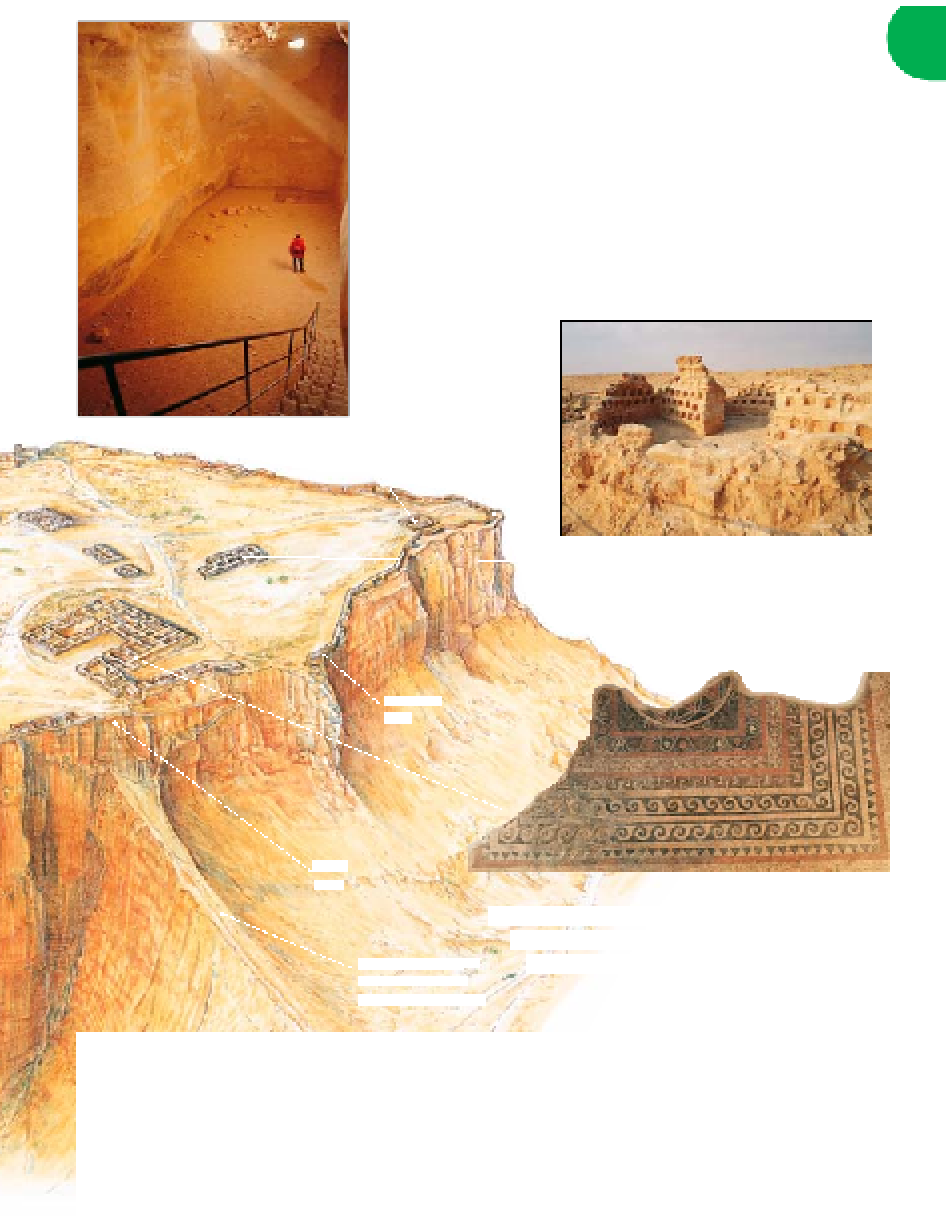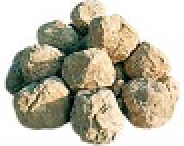Travel Reference
In-Depth Information
Cistern
At the foot of the mountain
Herod built dams and
canals that collected the
seasonal rainwater to fill
cisterns on the northeast
side of the fortress. This
water was then carried by
donkey to the cisterns on
top of the rock, such as this
one in the southern part
of the plateau.
VISITORS' CHECKLIST
Road map
C4. Off Route 90,
18 km (11 miles) S of Ein Gedi.
@
from Jerusalem or Eilat.
Tel
(08) 658 4207.
l
#
8am-
4pm (winter: 3pm) Sat-Thu;
8am-3pm (winter: 2pm) Fri.
&
Sound and Light Show:
Mar-Oct.
Tel
(08) 995 9333
l
for reservations.
Southern
Citadel
Columbarium
This is a small building with niches
for funerary urns; it is thought the
urns held the ashes of non-Jewish
members of Herod's court.
.
Western Palace
s and the accommodation
ests, the Western Palace was
orated with mosaic floors and
frescoes adorning the walls.
THE ROMAN SIEGE OF MASADA
(AD 70-73)
According to a 1st-century account by historian Flavius Josephus, the
Roman legions laying siege to Masada numbered about 10,000 men.
To prevent the Jewish rebels from escaping, the Romans surrounded
the mountain with a ring of eight camps, linked by walls; an
arrangement that can still be seen today. To make their attack, the
Romans built a huge
earthen ramp up the
mountainside. Once this
was finished, a tower was
constructed against the
walls. From the shelter of this tower the Romans set
to work with a batter-ing ram. The defenders
hastily erected an inner defensive wall, but this
proved little obstacle and Masada fell when it was
breached. Rather than submit to the Romans the
Jews inside chose to commit mass suicide. Josephus
relates how each man was responsible for killing
his own family. “Masada shall not fall again” is a
swearing-in oath of the modern Israeli army.
Roman catapult missiles
Remains of one of the Roman base camps
viewed from the fortress top











































